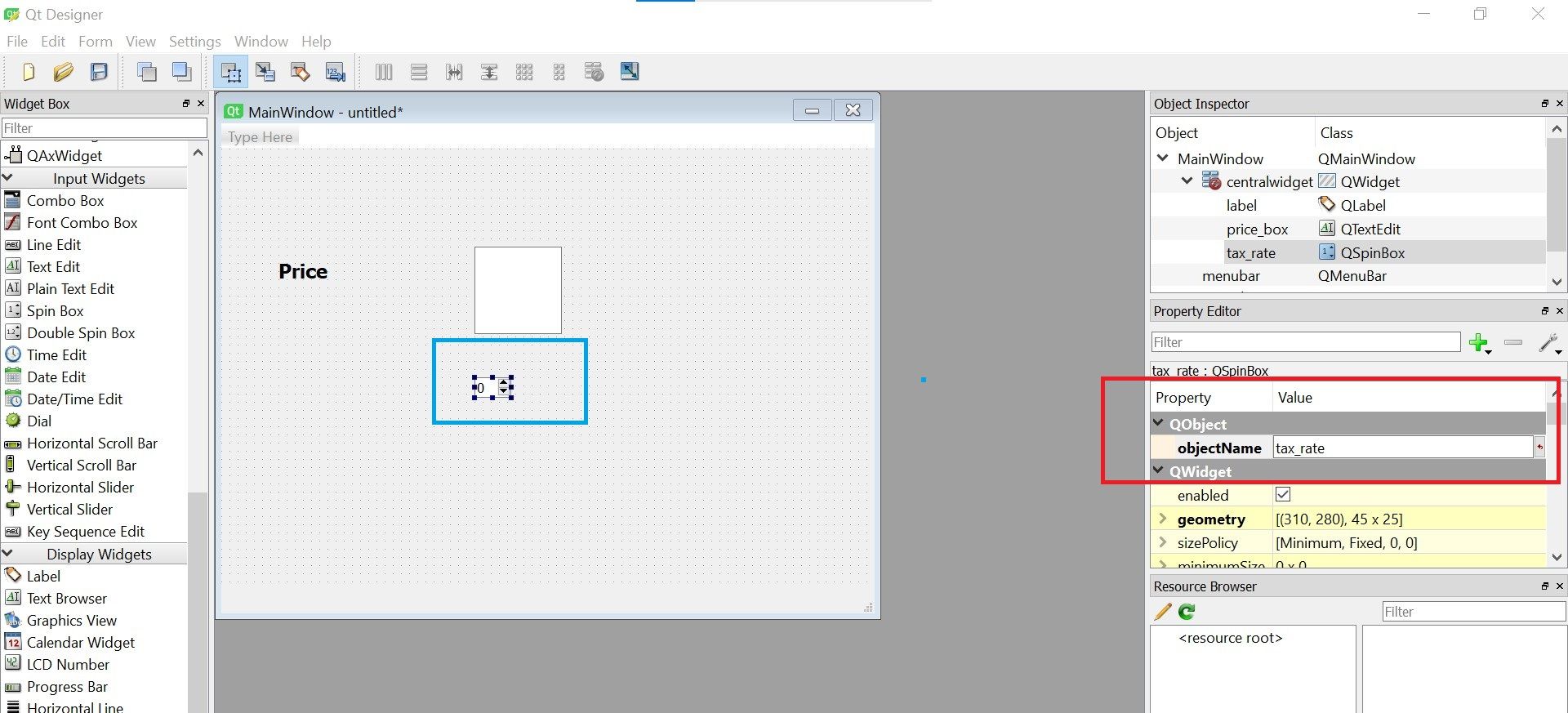

The QtXmlPatterns module implements XQuery and XPath support for XML and custom data models.The QtXml module implements SAX and DOM interfaces to Qt's XML parser.It allows the methods and properties of Python objects to be published and appear as JavaScript objects to scripts embedded in HTML pages. The QtWebKit module implements a web browser engine based on the WebKit open source browser engine used by Apple's Safari.Instead it assumes that the standard Python unit test framework will be used and implements those functions that simulate a user interacting with a GUI. PyQt does not implement the complete Qt unit test framework. The QtTest module contains functions that enable unit testing of PyQt applications.It supports the static features of SVG 1.2 Tiny.


These include a number of table, tree and list classes based on the model-view-controller design pattern. The QtGui module contains the majority of the GUI classes.It also includes platform independent abstractions for Unicode, threads, mapped files, shared memory, regular expressions, and user and application settings. The QtCore module contains the core non-GUI classes, including the event loop and Qt's signal and slot mechanism.PyQt4 contains the following Python modules. The bindings are implemented as a set of Python modules and contain over 300 classes and over 6,000 functions and methods. PyQt runs on all platforms supported by Qt including Mac OS X, Windows and Linux.There are two sets of bindings: PyQt v4 supports Qt v4 and the older PyQt v3 supports Qt v3 and earlier. PyQt is a set of Python bindings for Nokia's Qt application framework.


 0 kommentar(er)
0 kommentar(er)
